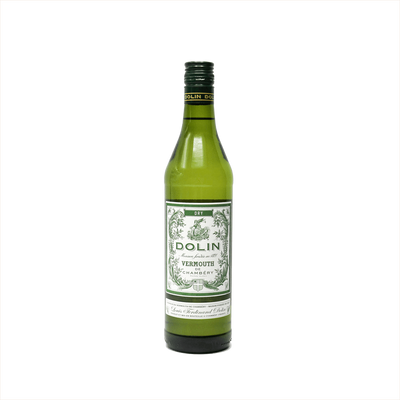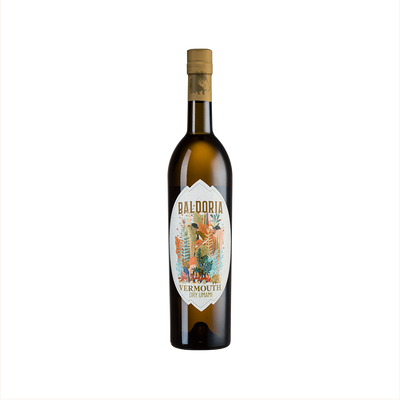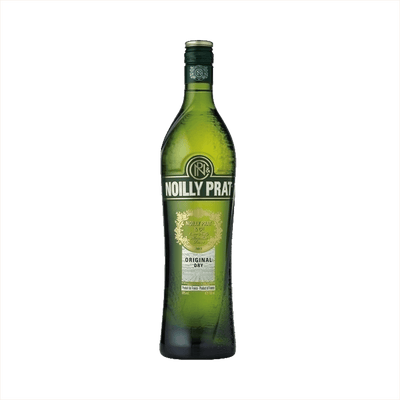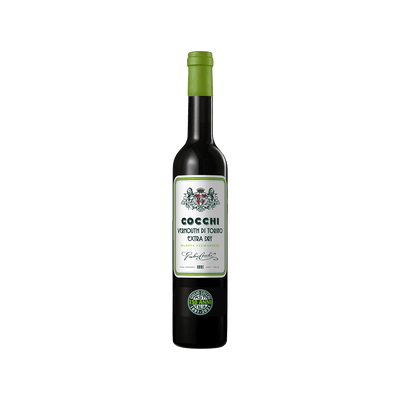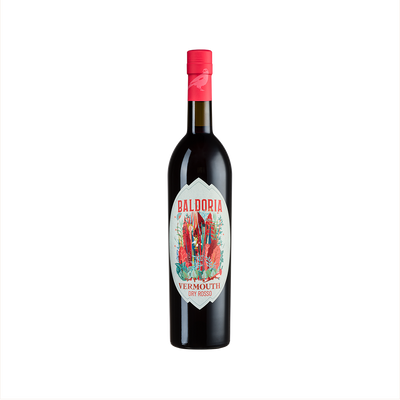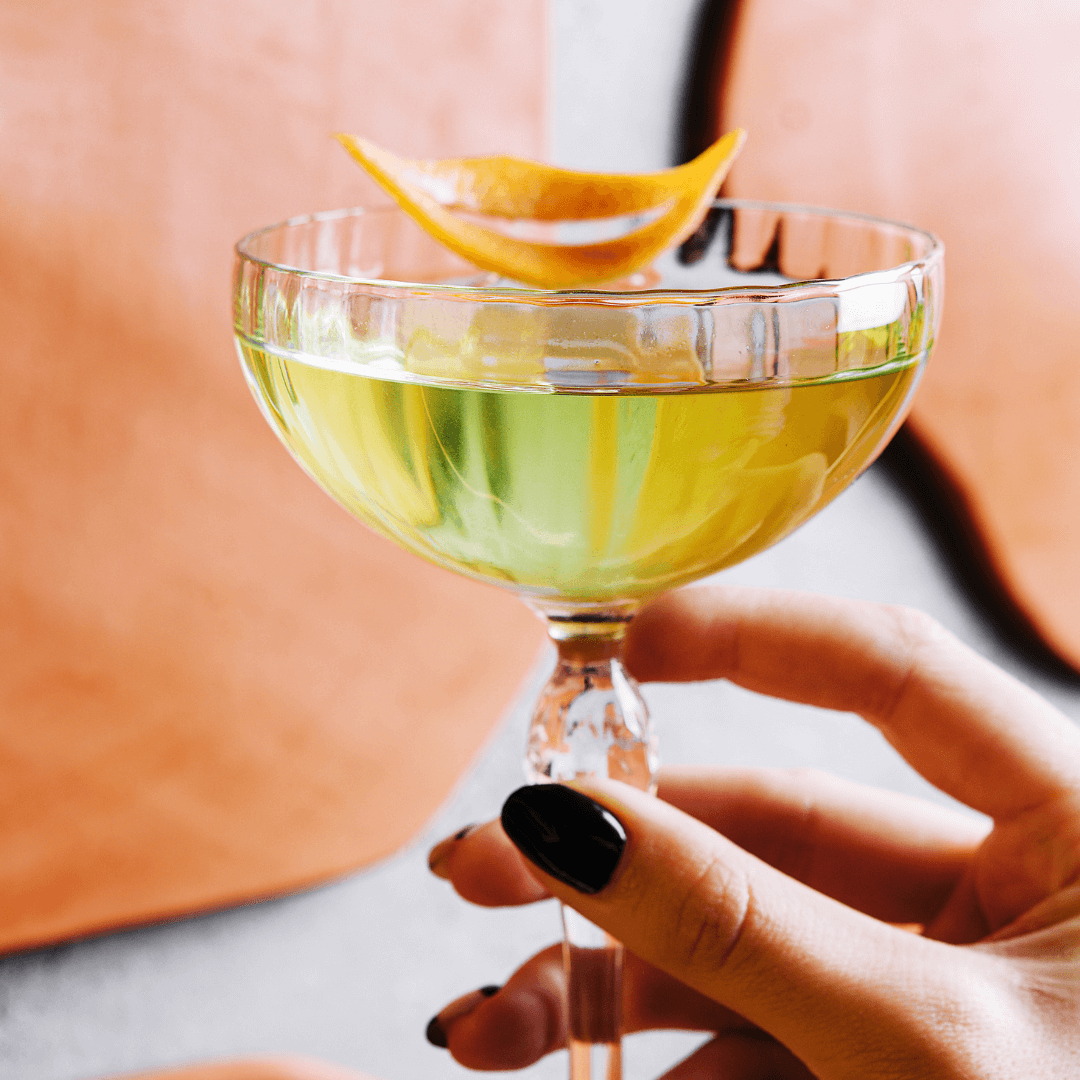Dry Vermouth
What is Dry Vermouth?
Dry vermouth is a specific style of vermouth that contains minimal residual sugar, typically less than 4% by volume, giving it a crisp, herbaceous character without sweetness. This fortified wine gets its distinctive flavor from a carefully selected blend of botanicals like wormwood, juniper, citrus peel, and various herbs and spices that are macerated or distilled into the white wine base. The "dry" designation distinguishes it from sweet or red vermouth, making it the preferred choice for classic cocktails like martinis and manhattans where you want botanical complexity without competing sweetness.
Learn More About Dry Vermouth
What makes Dry Vermouth unique?
Dry vermouth stands apart from its sweeter cousins through its bone-dry profile and pronounced botanical complexity, typically featuring white wine as its base rather than the red wine used in sweet vermouths. While sweet vermouth relies heavily on vanilla and caramel notes to balance its sugar content, dry vermouth showcases a crisp, herbaceous character dominated by wormwood, citrus peel, and aromatic herbs that create a clean, almost astringent finish. This fundamental difference in sweetness and botanical emphasis makes dry vermouth the go-to choice for classic cocktails like martinis and Negroni variations, where its assertive herbal profile can cut through spirits rather than compete with them.
How is Dry Vermouth made?
Dry vermouth starts with a neutral white wine base that gets fortified with grape spirits to bump up the alcohol content to around 15-18%. Producers then infuse this fortified wine with a secret blend of botanicals—think wormwood (the star player), herbs, spices, roots, and citrus peels—either through maceration or distillation methods. After the botanical infusion works its magic, the vermouth gets filtered, sometimes aged briefly, and then bottled to create that crisp, herbal spirit we love in our martinis.
How do you drink Dry Vermouth?
Dry vermouth shines brightest as a cocktail ingredient, where it adds complexity and botanical depth to classic drinks like martinis, Manhattans, and Negronis. While some adventurous drinkers enjoy it neat or on the rocks as an aperitif, particularly well-made French and Italian expressions, most people encounter dry vermouth mixed into cocktails where its herbal qualities can complement rather than dominate. It's the backbone of many classic cocktails, especially gin-forward drinks and sophisticated aperitifs that prepare the palate for a meal.
How do I choose a good Dry Vermouth?
Start by tasting your dry vermouth neat at room temperature—you'll immediately notice the difference between a fresh, vibrant bottle and one that's been sitting around too long, as vermouth oxidizes quickly once opened. For classic gin martinis, look for crisp, herbaceous styles like Dolin Dry or Cocchi Americano that won't compete with your gin's botanicals, while richer cocktails like a Perfect Manhattan can handle more assertive vermouths with deeper herbal complexity. Always store your vermouth in the refrigerator after opening and aim to use it within a month or two for the best flavor—that bottle gathering dust in your liquor cabinet probably needs replacing.
Nutritional Information
Typical Calorie Range per Ounce: 30-35 calories
Typical Carbohydrate Range per Ounce: 1-3 grams
Typical Sugar Range per Ounce: 0.5-2 grams
Typically Gluten Free: Yes
While dry vermouth is generally considered gluten-free since it's made from wine and botanical infusions, production methods can vary between brands. Always check the specific product label or contact the manufacturer directly to confirm gluten-free status, especially if you have celiac disease or severe gluten sensitivity.
Scrolled this far? Your reward? Dry Vermouth Trivia!
- French dry vermouth was originally created as a knock-off of Italian sweet vermouth, but the copycat became more famous than the original. When Joseph Noilly started making vermouth in 1813, he was trying to recreate the popular Italian style. His "failed" attempt at sweetness accidentally created the bone-dry style that would later define the martini.
- The white wine used in premium dry vermouth gets aged outdoors in massive wooden barrels for an entire year, exposed to scorching sun, freezing winters, and violent storms. This brutal weathering process, called "dodinage," concentrates flavors and creates oxidation that can't be replicated indoors. Your martini literally tastes like weather.
- Dry vermouth contains over 30 different botanicals, making it more complex than most gins. While gin typically uses 6-12 botanicals, quality dry vermouth recipes include everything from Ethiopian coriander to Moroccan bitter orange peel. Each producer guards their blend like a state secret, with some recipes passed down through five generations.
- The "dry" in dry vermouth doesn't actually mean less sweet—it means the opposite of "sweet vermouth." Early vermouths were classified by color and style, not sugar content. What we call "dry vermouth" today was originally just "French-style vermouth," while "sweet vermouth" was "Italian-style vermouth." The terminology stuck even though both styles are now made worldwide.
- Dry vermouth expires faster than milk once opened, losing its botanical punch within 3-4 weeks. Unlike wine or spirits, vermouth's low alcohol content (around 18%) can't preserve the delicate herb and spice infusions indefinitely. Professional bartenders replace their vermouth monthly, which explains why your home martinis never taste quite like the bar's.
Higher-proof spirits can be intense. Mix carefully, taste thoughtfully, and enjoy responsibly.
Gift message (optional)

